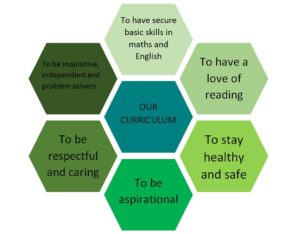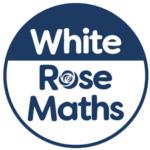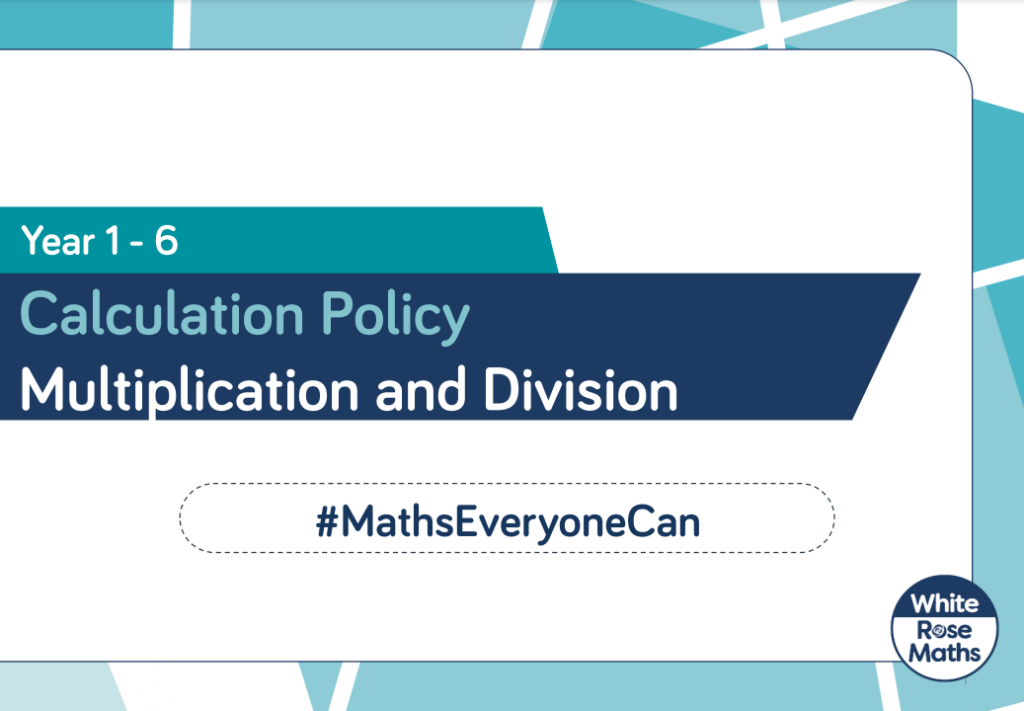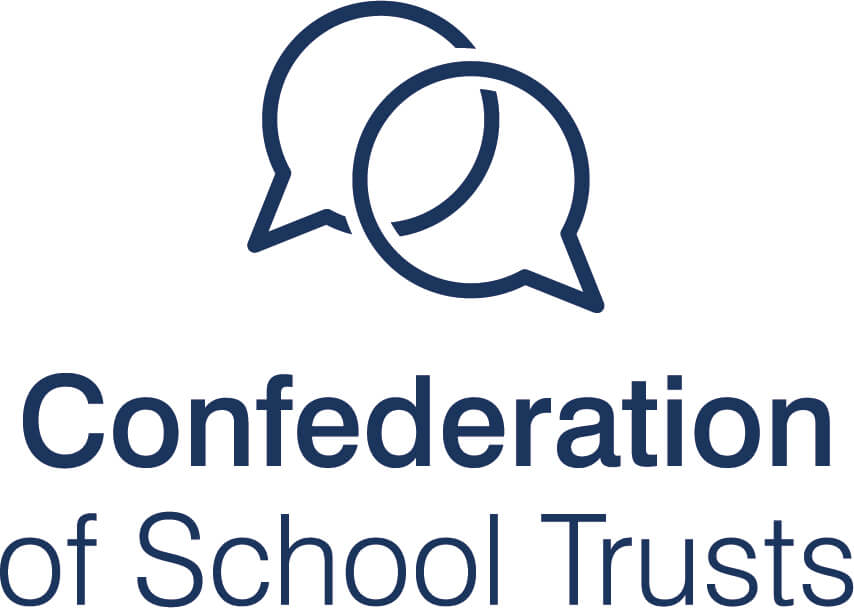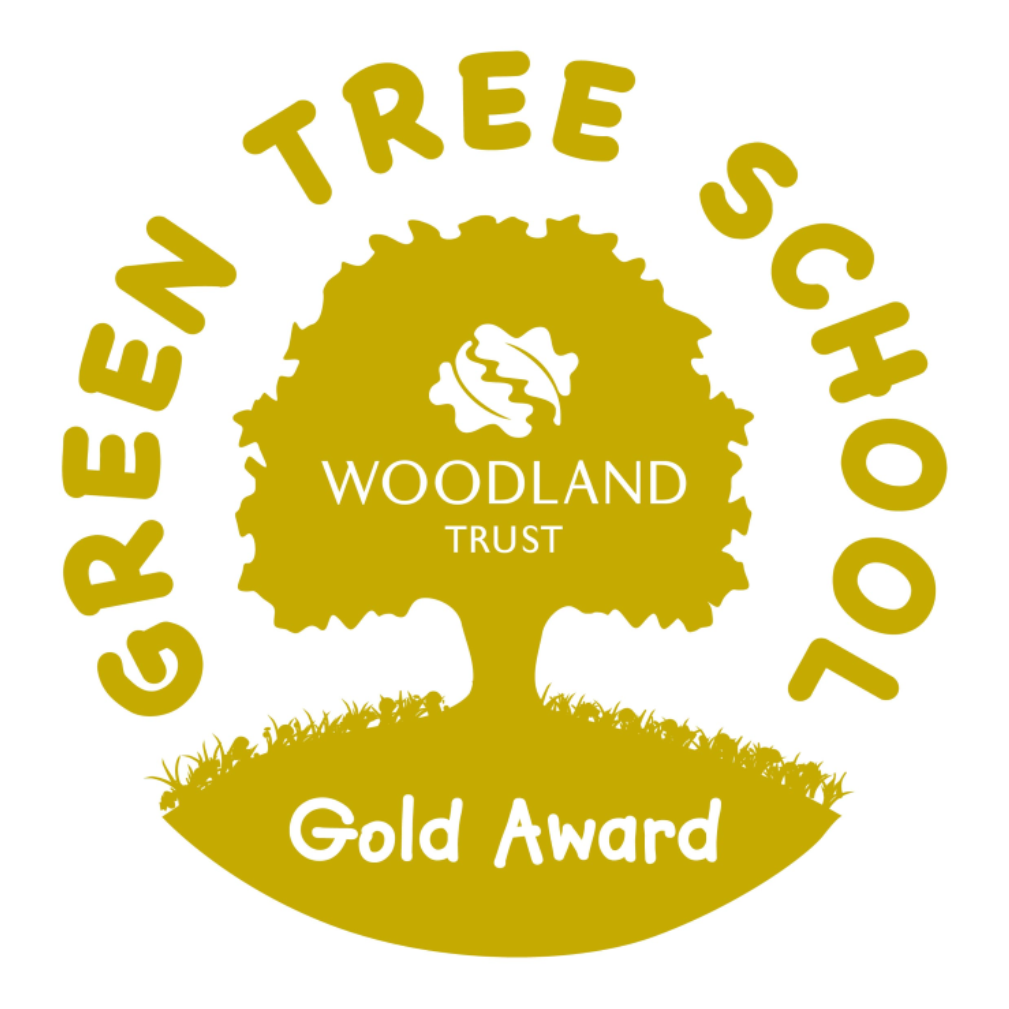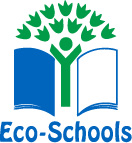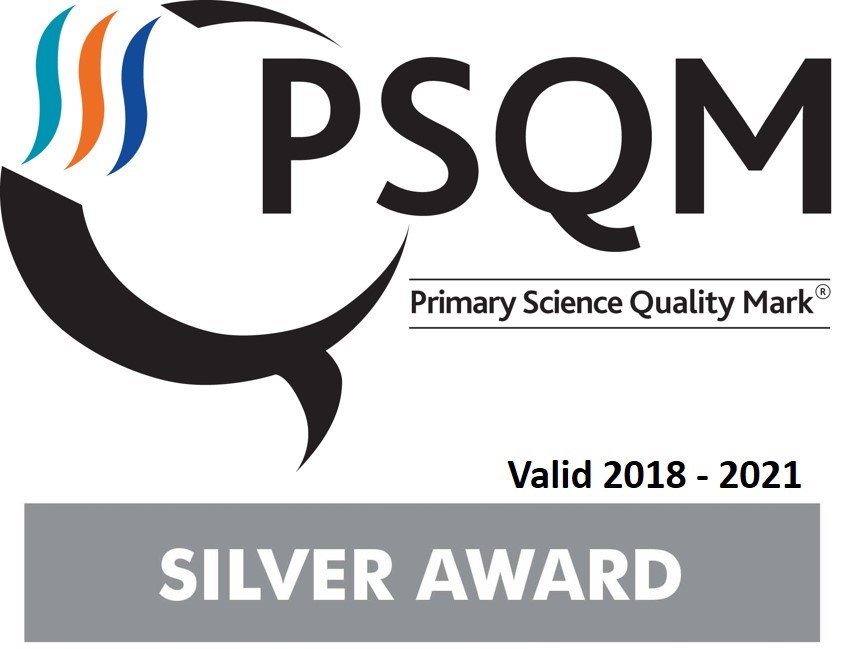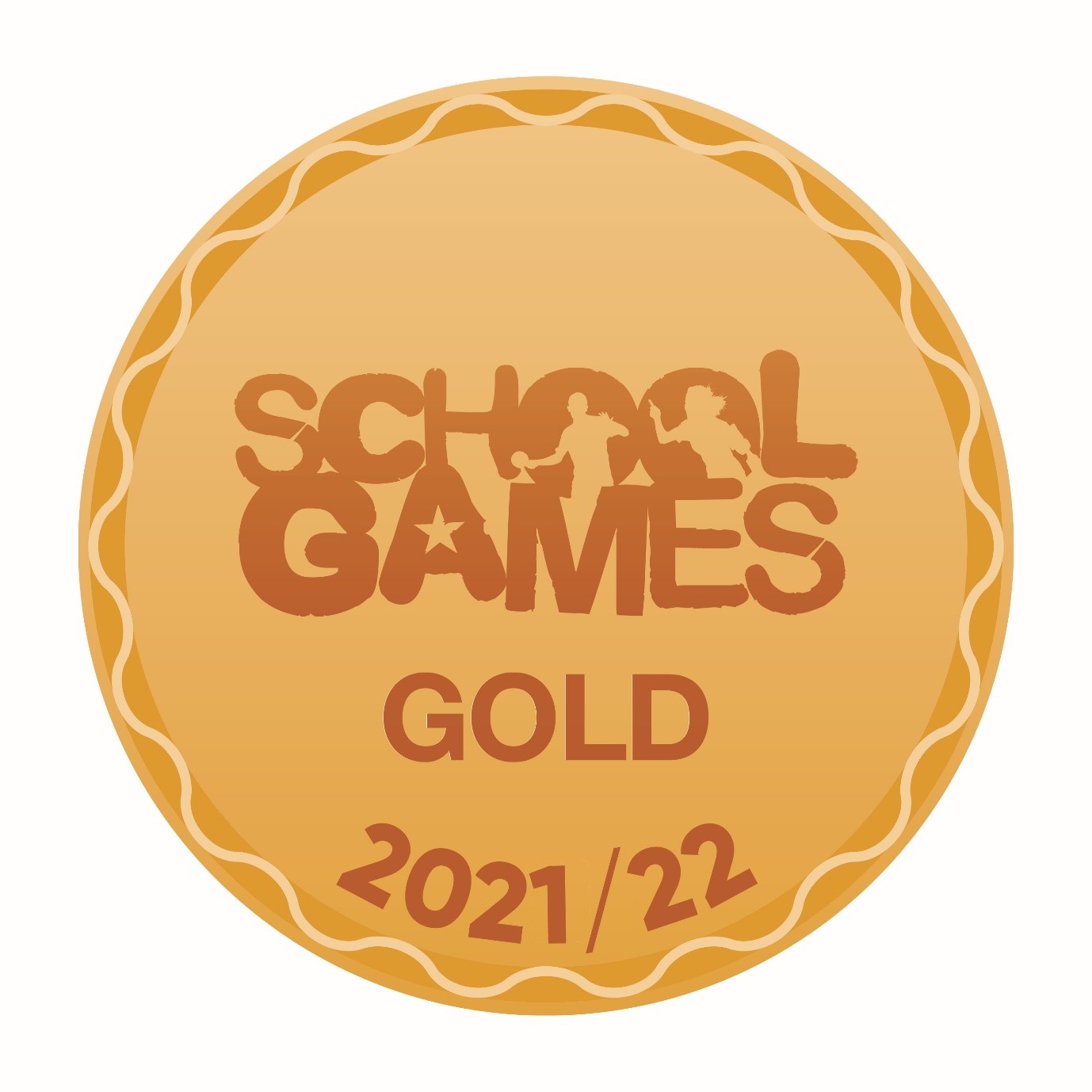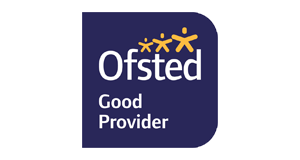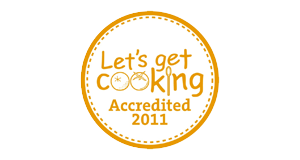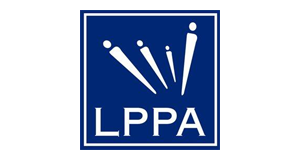Maths
Welcome to the maths page of our website.
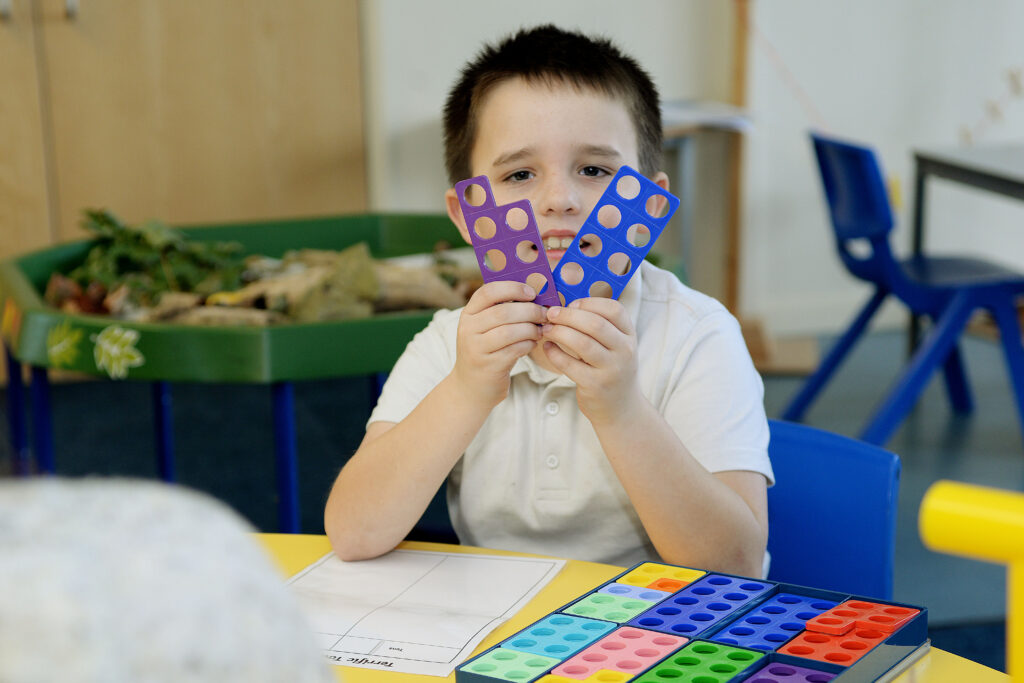
Here you will find information on the way our children develop their skills at Overfields Primary School in this vital and fascinating subject. We are aiming to produce pupils with the skills and knowledge to become confident mathematicians; to be able to use maths whenever it is required as both a child and an adult and to use maths as a key to unlock problems, to be creative and to have fun.
To see the way that teaching and learning in maths supports our school’s wider curriculum vision, click the image below:

Maths Planning
At Overfields Primary School, we use the White Rose Maths Schemes of Learning.
White Rose Maths is an organisation that provides maths resources and Schemes of Learning for pupils of all ages, from early years to secondary school. The Schemes of Learning are yearly frameworks that break down what children need to learn during each week of each term to master the learning objectives laid out by the National Curriculum. White Rose maths resources support our Teaching for Mastery approach to maths learning.
You can visit the White Rose website by clicking the image below. It contains a lot of information for parents on supporting their children at home as well as resources and planning that we use in school.
You can view our maths planning in more detail by visiting the curriculum year group page on our website here.

Calculation Policy
Pupils can use many different methods in order to solve addition, subtraction, multiplication and division problems. Some methods are more efficient for certain problems and situations and a confident mathematician can pick and choose the correct method from a variety they know. To ensure these methods are taught in a logical and progressive manner, we use a calculation policy which shows the different methods that each year group will be introduced to and on which subsequent methods will build. To see our calculation policy, click the following links:

Maths in Early Years
Across Nursery and Reception, we develop the children’s mathematical understanding through stories, songs, games, imaginative play and everyday activities such as snack time, morning routines, so that children enjoy experimenting and become confident, comfortable and curious about numbers, shapes, patterns and measures in their environment.

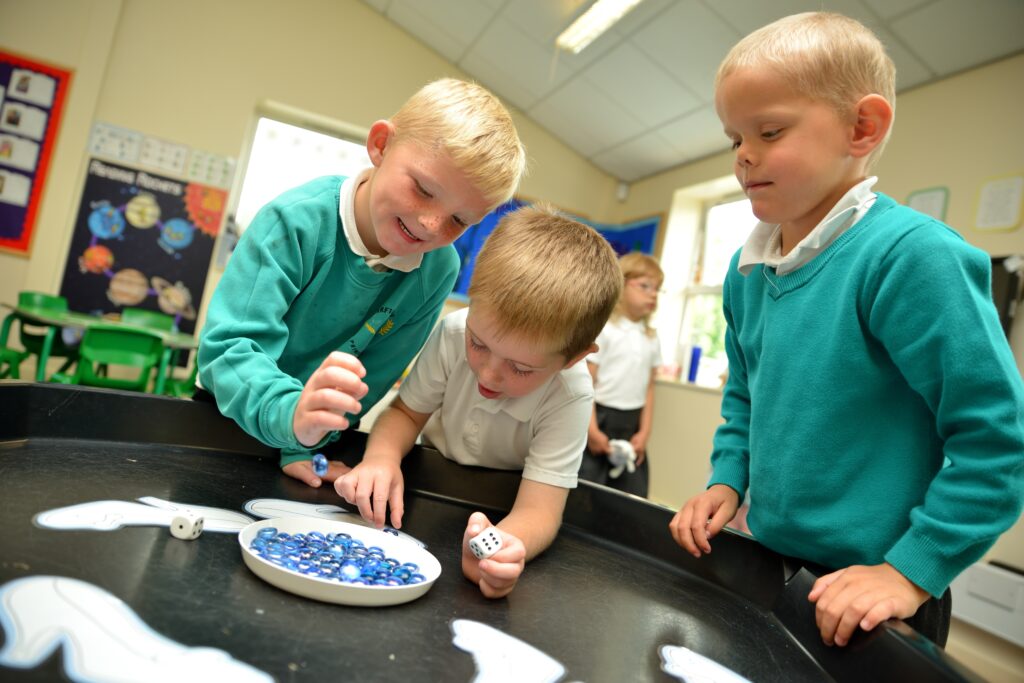
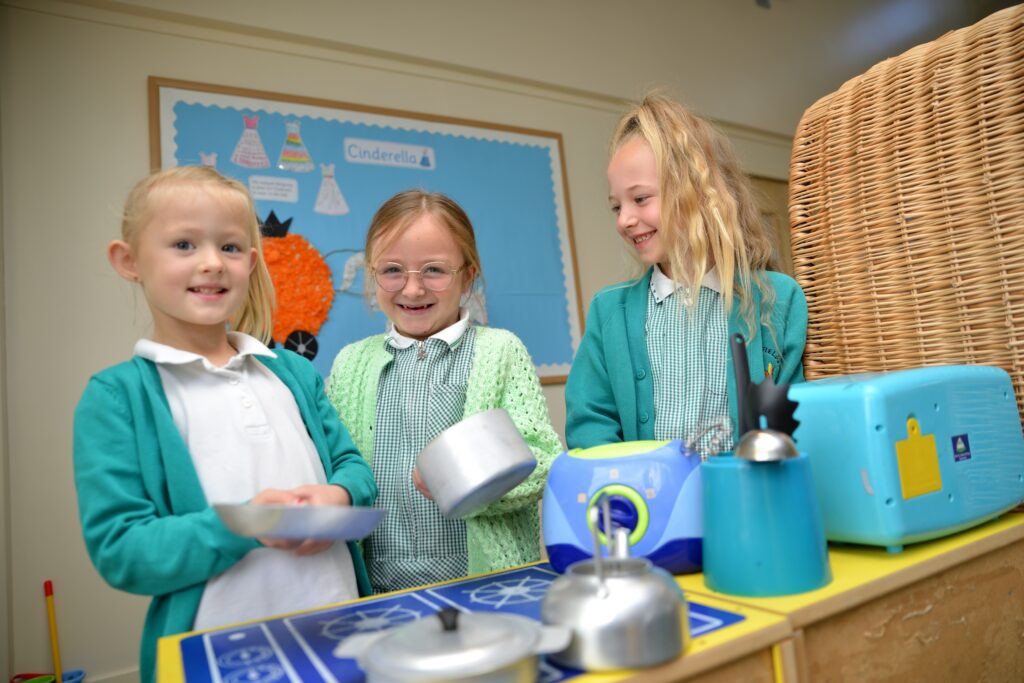
In Nursery and Reception, maths is broken into two main strands:
NUMBER
Children are taught to count reliably with numbers from 1-20, place them in order and say which number is one more or one less than a given number. Using quantities and objects, they add and subtract two single-digit numbers and count on or back to find the answer. They solve problems, including doubling, halving and sharing.
SHAPE, SPACE AND MEASURE
Children are taught to use everyday language to talk about size, weight, capacity, position, distance, time and money to compare quantities and objects and to solve
For our very youngest children, maths is covered during daily interactions with the children whilst child-initiated learning is taking place, for example: introducing the words ‘full’ and ’empty’ while playing with water and taking turns singing 5 current buns after making them out of dough.
There is a big focus on developing Mathematical vocabulary through practical activities linked to the story of the week when appropriate.
If you would like more details on how maths is taught in Nursery and Reception, please visit their page here.



